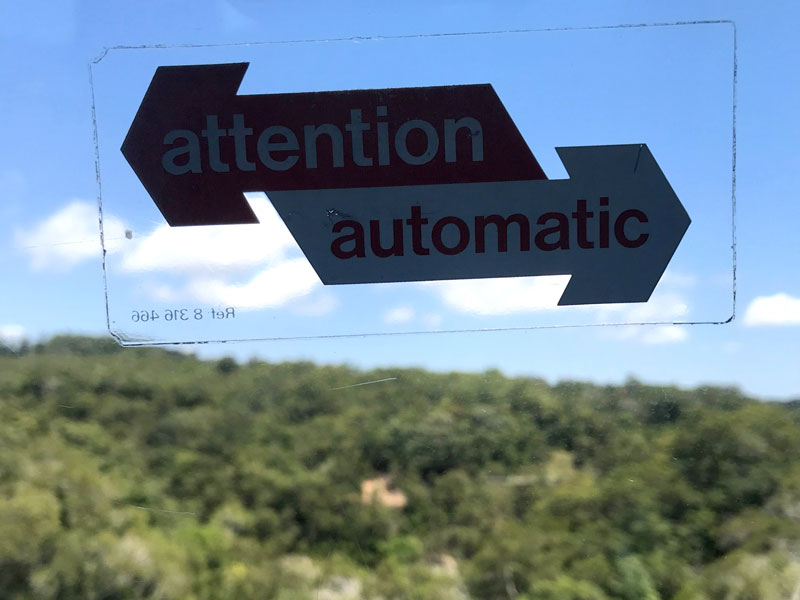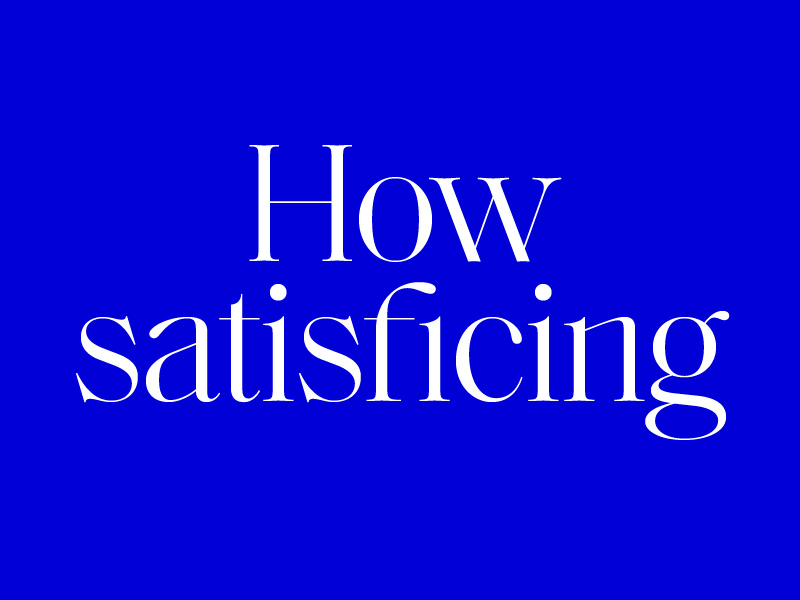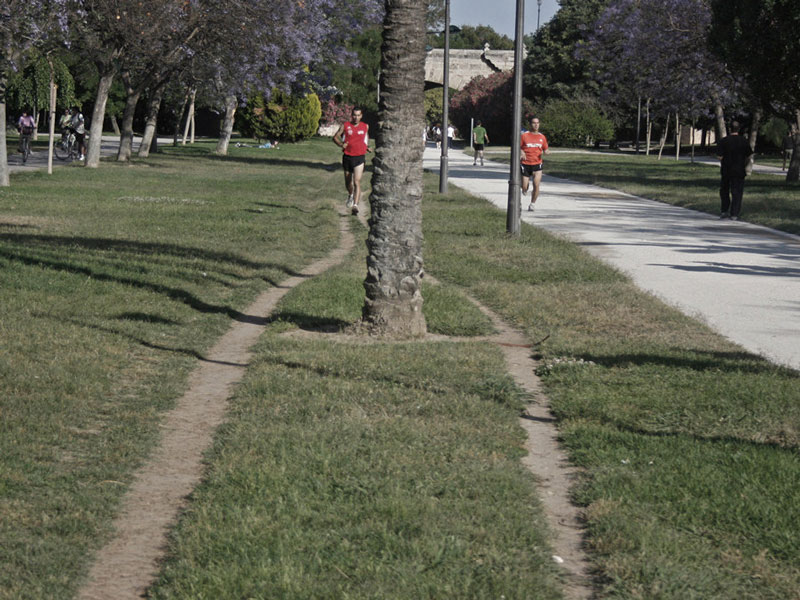
Hello from the tropical heat of northern Australia where I now have an atmosphere of 90% humidity around my body until late March. Welcome to LL03. What captures our attention? Why? This week, I want to talk about attention through the lens of decision making and how creativity affects it.
A general theory of System 1 attention
A quick recap of a general theory of attention that I’ve been thinking about this year: underneath our conscious mind, we have a river of unconscious attention tuned to the fine-grained moments in our environment. In our evolutionary history, this pre-verbal attention helped us stay alive, make use of opportune moments, and allowed us to read other people’s minds so we could co-operate. We pretend we are logical beings but mostly we shortcut decisions based on past habits, copying other people or how we feel. We post-rationalise these emotional decisions and intuitive understandings because they otherwise require effortful thought and because we like to appear confident in our decisions to other people (and to ourselves).
A few of you will notice this as a riff on the layers within Daniel Kahneman’s System 1: the fast, automatic but error-prone thinking processes that guide us in everyday decision-making. System 1 is much cheaper than the effortful but reliable System 2 thinking.
As a communication/product designer, I’m wrestling with these concepts of attention because they reveal the space in which change happens and value is created for each and everyone one of us.

Reassuringly expensive creativity
I recently bought a replacement part for our Miele vacuum cleaner. Unlike the original part, the replacement part turned up without the Miele logo. This was not what I expected. It seems to be working, but I’m still concerned it’ll break and that I’ll need to replace it again [update 2019-04-30: it broke].
As an addendum to the above general theory of attention, let’s add the idea of satisficing (which is a portmanteau of satisfy and suffice). We satisfice to avoid downsides: near enough is good enough most of the time (and we’ll rationalise it later) except when want to protect our investment.
The idea is that when you make decisions in an uncertain setting, you have to care about not only the expected outcome, but also the possible variance. We’ll pay a premium not only for “better,” but for “less likely to be terrible”.Rory Sutherland
So one of the heuristics for satisficing is that we pay a premium for reassurance. “If it costs alot, it must be good”. This line of thinking is cognitively less expensive than doing the deliberate thinking to deduce the product’s value ourselves.
But it’s not just about price signaling. The presentation of said product is there to reassure the buyer that the price is worth it. An investment in the communication of the values of your product—for example, but not limited to, its visual branding—shows a buyer that the product is sincere about it’s promised use because it has made a deliberate, conscious effort to display its values.
What happens if you haven’t got much money, but you want to do an impactful wedding invitation? Then you make it really creative. If you can’t put actual money into the paper or the printing, then what you can put in is something different, which is imagination.Rory Sutherland
To circle back to ideas in past letters, beauty is a signal for worthwhile information. We often understand beauty as symmetry and order. When humans re-order and embody information as products (to paraphrase Cesar Hidalgo for the third time in as many newsletters), then we’re using effortful System 2 thinking. Any time we see evidence of System 2 thinking—which is really anytime we see evidence of creativity and imagination—we understand it as costly, and we pay attention.

Design for the satisficing desire
The above image is an example of a desire path. A desire path is created when people start navigating their environment in ways not supported by existing infrastructure. It’s also a very good example of satisficing. And I’d say that as we go about our day we usually defer to satisfice. That is, find a way to get this thing working here and now so that we can stop thinking about it and spend more time doing what we enjoy doing. “There, that’ll do. Sorted”. And yet we shouldn’t feel any guilt at all about this, because:
Civilization advances by extending the number of important operations which we can perform without thinking of them.Alfred North Whitehead
Just with those few ideas, I’m reminded of how almost all technological innovations occur by or “stacking up” other technologies or appropriating previously discarded “semi-innovations” (for example, your computer mouse. Much more on this next issue). It also reminds me why the “jobs to be done” framework has been so successful by simply offering a reliable point of view from which to ask the right questions about product design (“Customers don’t buy products. They hire products to fulfill a specific job in their lives”).
It seems to me that there are expotential returns for taking the time to understand people’s intent.

Technology is assimilated psychology
This issue I’m just going to leave these here to think about:
Psychology is technology. As you get better understanding these properties [of psychology], technology gets better.
Rory Sutherland
If you can learn it, it’s a technology.
Tom Taylor, paraphrasing Ursula Le Guinn
The most productive tool for generating good ideas remains a circle of humans at a table, talking shop.
Steve Johnson, Where Good Ideas Come From
A tiny favour to ask before I go. If you dig this, please share it with other people you think might also dig it. The more interesting connections for this conversation, the more generative it becomes.
Yours in the name of creativity for System 1 decision-making,
Callum